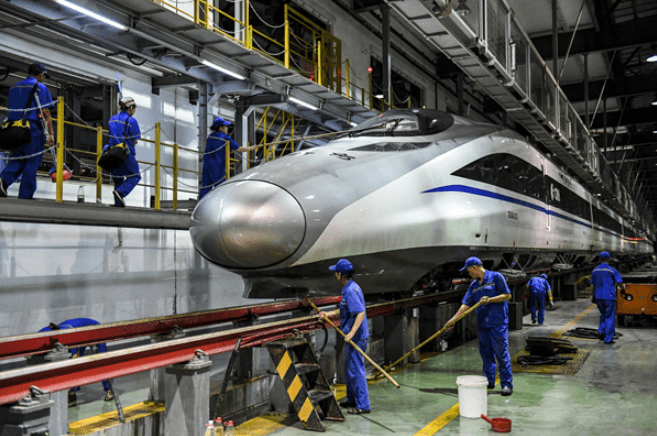China has reduced its workforce since 2012, according to a World Trade Organization (WTO) report.
China’s population stood at approximately 1.41 billion in 2020.
In general, one of the weaknesses of the Chinese economy is the aging of its population, which results in high public spending and higher labor costs.
China’s economy grew 8.1% in 2021, partially driven by the low base effect in 2020.
Total consumption, a combination of household (39% of GDP) and government (17% of GDP) spending, contributed 6.4 percentage points, followed by net exports (2.4% of GDP) with 1.9 percentage points, and investments (42% of GDP) with 1.5 percentage points.
However, sequential (seasonally adjusted) growth rates remained subdued in the first nine months of 2021 (0.2 to 1.2% qoq) and were notably weaker than the long-term average of 1.8% qoq.
Workforce
While the population is estimated to peak in 2029 at about 1.44 billion, the working-age population has shrunk since 2012.
In 2020, China’s newborn population was 12 million, the lowest since 1949.
At the same time, the percentage of people aged 65 and over has increased rapidly, from 6.96% in 2000 to 13.50% in 2020.
Urbanization increased further, with around 65% of the population now living in cities. Life expectancy is currently estimated at 77.3 years.
Economy
China’s GDP per capita increased to $11,710 in 2020, up from $8,148 in 2016.
Meanwhile, real GDP growth rates fell from just under 7% in 2016-18 to 6.0% in 2019 and 2.3% in 2020.
Despite slowing growth rates, China remains a major engine of global growth and continues to converge with advanced economies.
Rapid economic development in recent decades, induced by market-oriented reforms, has lifted hundreds of millions of people out of poverty.
But China’s growth has been accompanied by rising income inequality.
Despite the unprecedented reduction in poverty in recent decades, the income gap between the richest and the poorest remains significant.
![]()

